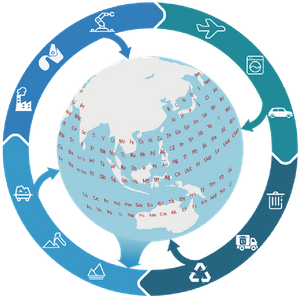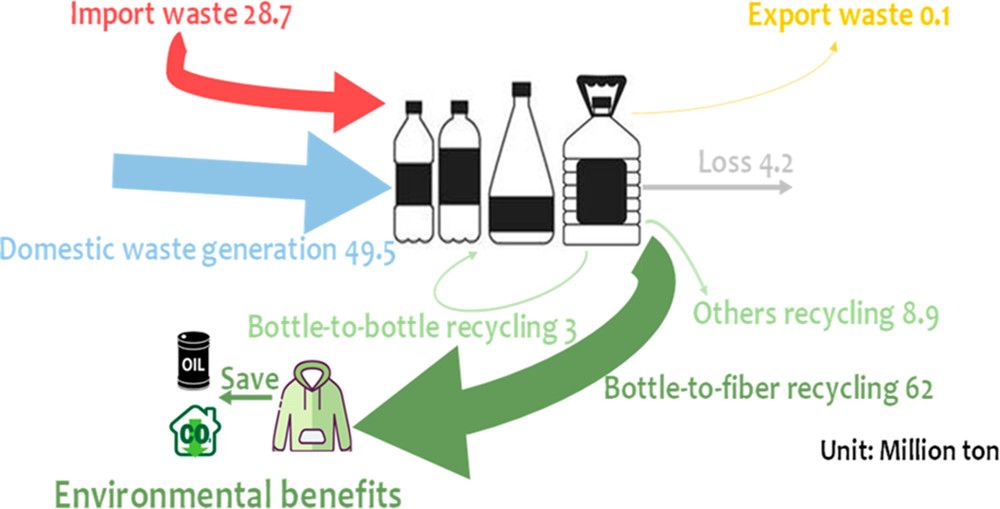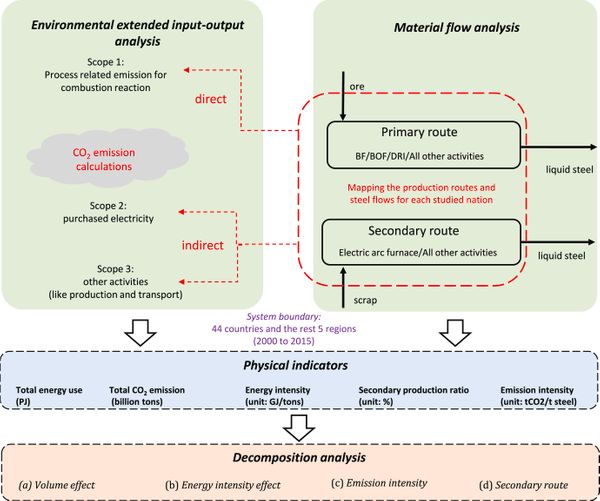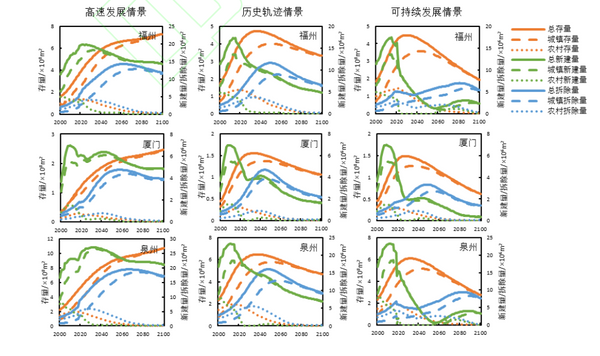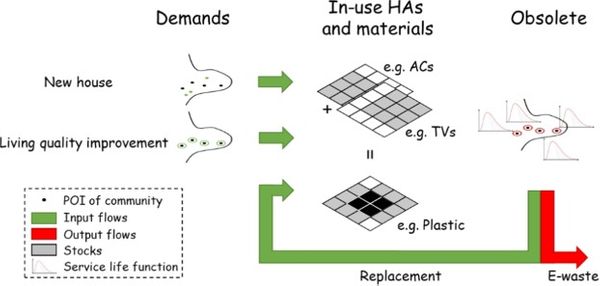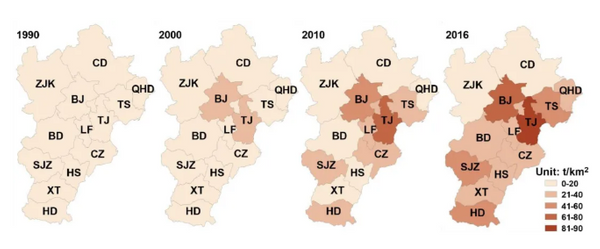Zijie Ma, Morten W. Ryberg, Peng Wang, Linbin Tang, and Wei-Qiang Chen*
ACS Sustainable Chemistry & Engineering
https://doi.org/10.1016/j.jclepro.2020.124221
Abstract
Polyethylene terephthalate (PET) used to account for ≈50% of China’s waste plastics import. In 2018, the Chinese government banned the import of waste plastics due to the environmental and health burdens caused by the waste treatment processes. However, the recycling of waste PET also helps avoid the production of virgin PET and several corresponding environmental impacts such as fossil resources use and carbon emission, which remain unquantified. We combine material flow analysis and life cycle assessment to map the PET bottle cycles and evaluate the relevant environmental performances during 2000–2018 in China. The cumulative recycling of PET bottles amounted to 78 million tons (Mt) in China during the studied period. Among them, 29 Mt waste PET bottles (37% of total recycling) were imported from abroad and accounted for 40% of the world’s total export. Most waste PET bottles in China was recycled to produce PET fibers, which significantly improved global PET circularity, reduced the use of virgin PET material, and saved about 109 Mt oil-eq of fossil resources (e.g., coal and oil) use and avoided 233 Mt CO2-eq emissions. Despite these benefits, the environmental burdens with regional impacts during waste plastics treatment should be significantly reduced, and technologies for close-loop, namely bottle-to-bottle, recycling of PET should be further developed and widely applied.
Keywords
PET bottle; Waste trade; Material flow analysis; Environment impact; Circular economy; Industrial ecology
